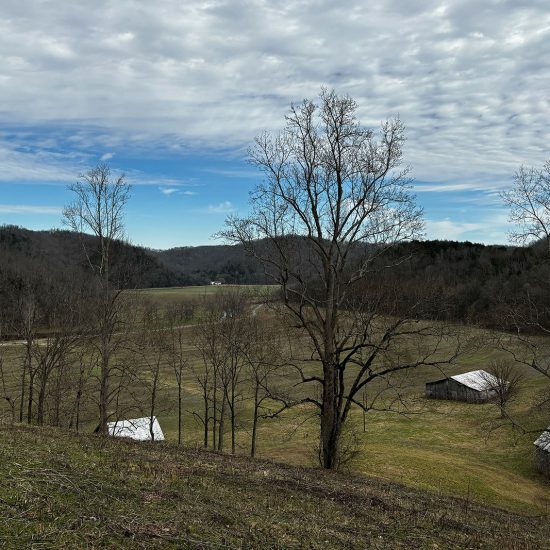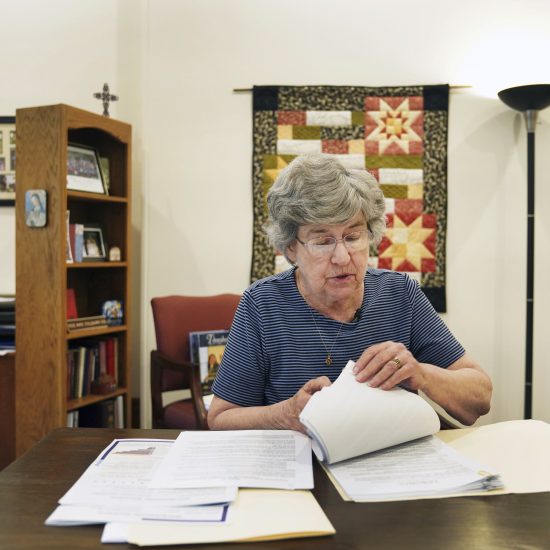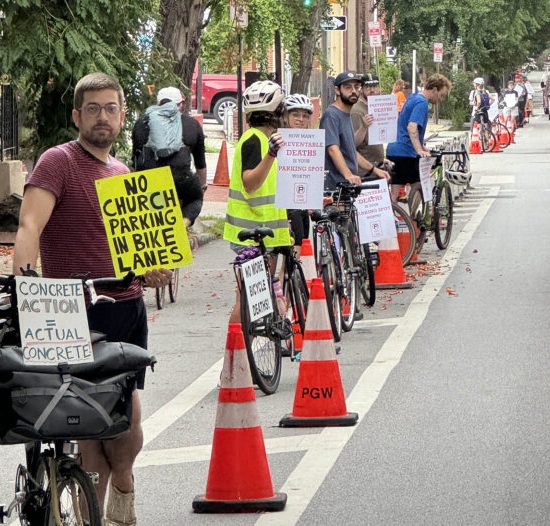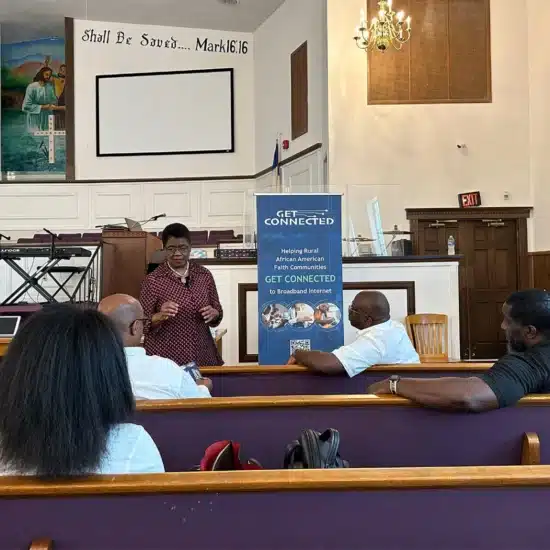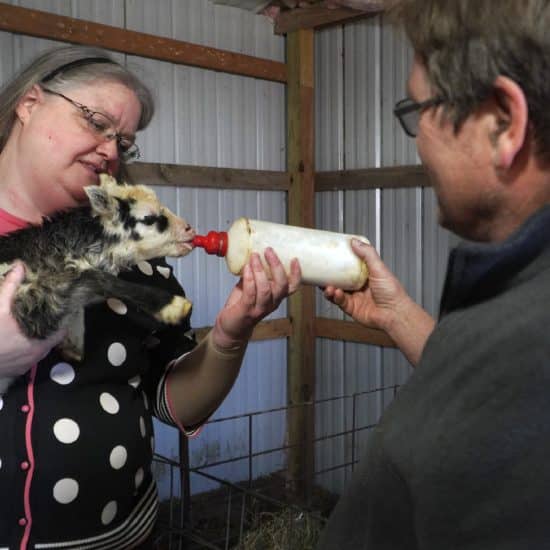Rural churches in America face a host of challenges as they seek to continue ministry in their communities.
The continued population shift from rural areas to urban centers can drain rural churches, noted Chuck Warnock, an expert in community collaboration and pastor of Chatham (Va.) Baptist Church. That shift contributes to an aging membership and a lack of young people in rural churches and declining attendance.
Loss of members leads to other problems—reduced offerings and tighter budgets. A shortage of money and resources often means a church cannot provide a variety in programs and activities, said Gary Farley, director of missions of Pickens Baptist Association in Alabama. From 1984 to 1996, Farley served in the rural church program for the Southern Baptist Convention’s Home Mission Board.
As congregations shrink, remaining members face a leadership crunch as well, Nashville, Tenn.-based freelance ministry developer and coach Julia Kuhn Wallace believes. Many rural areas face rapid turnover in clergy, even in denominations that appoint ministers to specific congregations.
“Younger clergy are less likely to stay to help turn a church around,” she said.
Farley agreed rural churches often have difficulty keeping a minister. They also find it increasingly difficult to find competent part-time or bivocational pastors, noted Fran Schnarre, director of educational ministries for Missouri School of Religion’s Center for Rural Ministry.
As the number of worshippers decreases, a leadership crisis also may develop because fewer people are available to develop and train as church leaders.
Societal change also contributes to the strain on rural churches. While change has affected each generation, the pace of change today strikes many churches as insurmountable, said Wallace, a member of the Rural Church Network of the U.S. and Canada.
That pace, Wallace believes, has contributed to a disconnect between the church and its community, particularly in rural areas.
A decline in membership does not necessarily indicate the same decline in population but may signal a population change the church has failed to notice.
“The population becomes underserved by or invisible to church members,” she said.
Wallace cited the example of a church whose members recognized young families had moved into their area and wanted to host a Vacation Bible School for them.
They recruited teachers, purchased materials and advertised for a Monday-Friday, 9 a.m. to noon event. But no one came.
Disconcerted, church members discovered that, in most homes, both parents worked, and most children were placed in daycare. If they had offered an evening event, the church might have been packed.
Today’s challenges for rural congregations can lead to what Schnarre believes is the greatest challenge of all—loss of vision.
“They often have a hard time developing a vision for what God has for them in this time and place,” she said.
Depending upon the study, estimates of the number of American churches range from 350,000 to 400,000. Of that number, about 90 percent average 300 or less, with the median averaging 75 to 90 on Sunday morning.
About half of this country’s church members attend those churches, and many are in rural areas.
Despite the challenges, “rural small churches are still the backbone of religious life in America,” Warnock believes.

